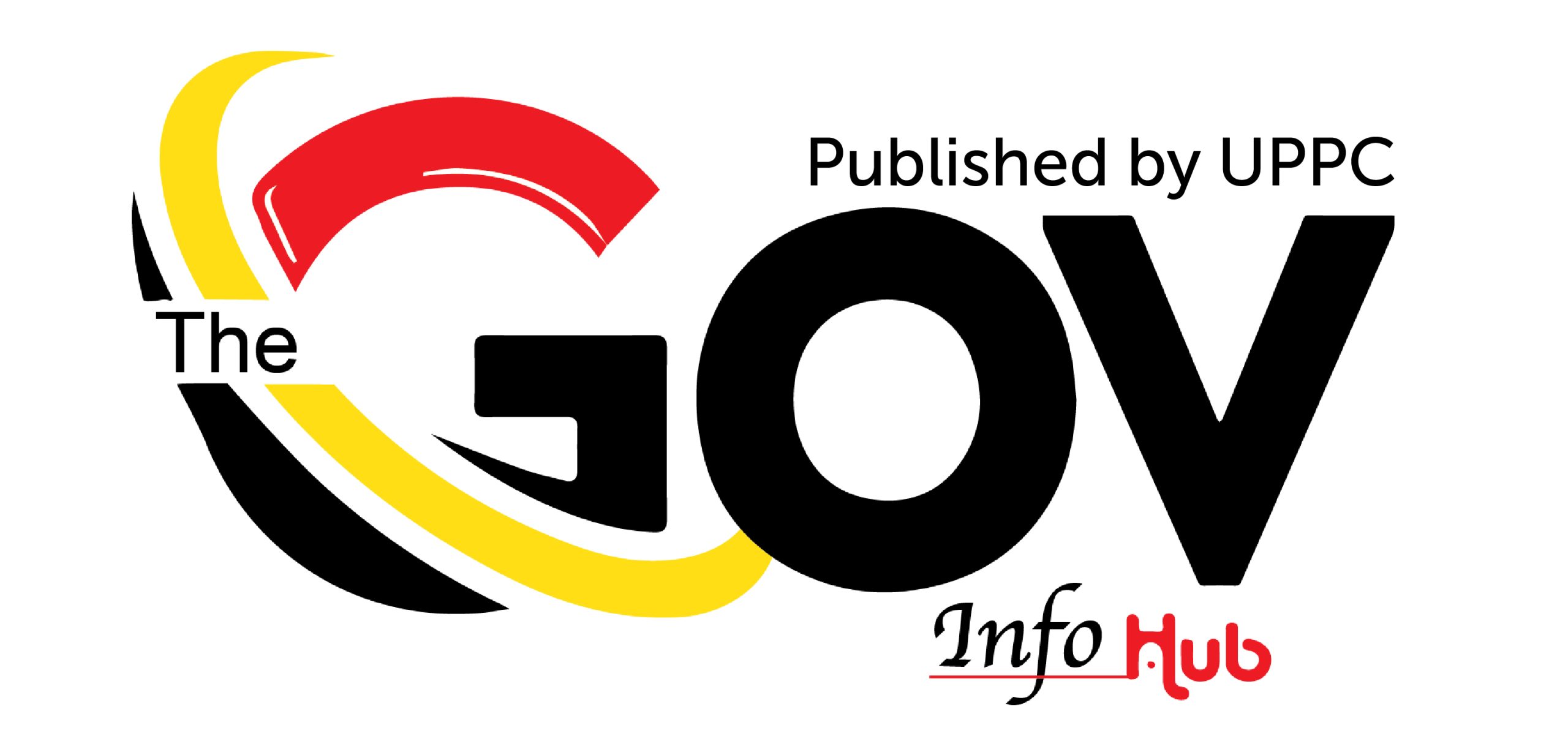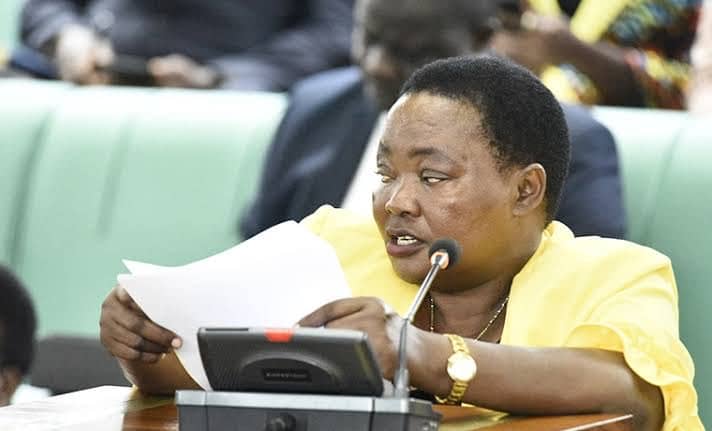Following the suspension of U.S. aid, the country’s HIV/AIDS treatment and prevention programs face a staggering UGX 480 billion funding deficit, threatening the health and lives of millions.
Prime Minister Robina Nabbanja has confirmed that the Cabinet will soon meet to discuss measures to address this financial shortfall and ensure the continuity of essential services.
The suspension of USAID funding, effective January 20, 2025, has significantly impacted Uganda’s HIV/AIDS programs. To bridge this gap and sustain critical services, an additional UGX 480 billion is required. “The Ministry of Health is preparing a Cabinet Memorandum to brief the Cabinet on this crisis and seek Executive guidance on resource mobilization,” Nabbanja announced during the parliamentary plenary sitting on March 6, 2025.
Workers MP Abdul Byakatonda raised the alarm in Parliament, seeking clarity on the government’s immediate response to the crisis.
“What immediate measures is the government implementing to mitigate the impact of the U.S. funding freeze? How will it safeguard jobs and high-level skills among Community Health Workers?” Byakatonda questioned.
He also called for the government to increase health funding and suggested creating an Emergency HIV Response Task Force, similar to the COVID-19 task force, to mobilize alternative funding sources and sustain HIV services.
“ Given that Uganda currently allocates only 6.5% of the national budget to health, when will the government fulfill its Abuja Declaration commitment to increase health funding to 15%? “What is the strategy to locally manufacture our medical supplies and reduce dependency on foreign aid?” he added.
Dr Vincent Bagambe, Director of Planning and Strategic Information at the Uganda AIDS Commission, highlighted Uganda’s heavy dependence on donor funding during his February 2025 appearance before Parliament’s Health Committee.
Uganda spends UGX 1.928 trillion annually on HIV services, with 60% of that — approximately UGX 1 trillion — allocated to treatment and laboratory monitoring. “Yet Uganda contributes only UGX 230 billion, with the rest coming from donors like the U.S. government and the Global Fund,” Dr Bagambe explained.
The U.S. President’s Emergency Plan for AIDS Relief (PEPFAR) alone provides UGX 340 billion annually, supporting health system strengthening and covering salaries for 4,333 clinical workers across 2,000 health facilities and 26,690 Community Health Workers linking patients to care.
With this crucial funding suspended, the ripple effects are already being felt, and the government is under mounting pressure to find sustainable alternatives.
As Uganda scrambles to fill this financial gap, calls for increased domestic health funding have grown louder. The government’s long-standing commitment under the Abuja Declaration — to allocate 15% of the national budget to health — remains unmet, with only 6.5% currently dedicated to the sector.
The proposed Emergency HIV Response Task Force could offer a lifeline, enabling Uganda to explore local manufacturing of medical supplies and mobilize alternative funding sources.
“ This is not just about numbers; it’s about people’s lives. Uganda must act swiftly and decisively to prevent treatment disruptions and protect the progress we’ve made in fighting HIV/AIDS,” Byakatonda stressed.
As the Cabinet prepares to deliberate on this crisis, Uganda stands at a crossroads — faced with the urgent need to secure resources and reaffirm its commitment to the health and well-being of its people.


